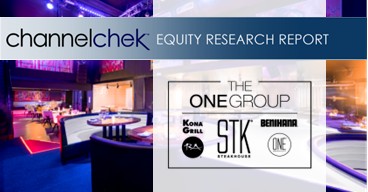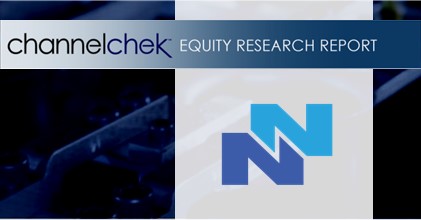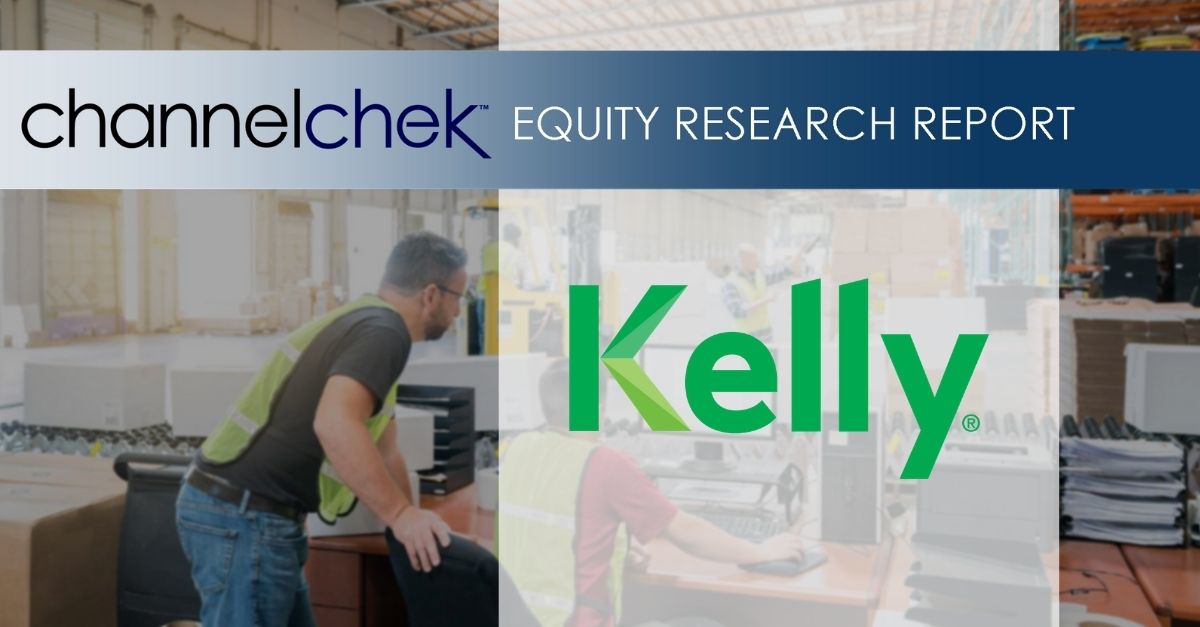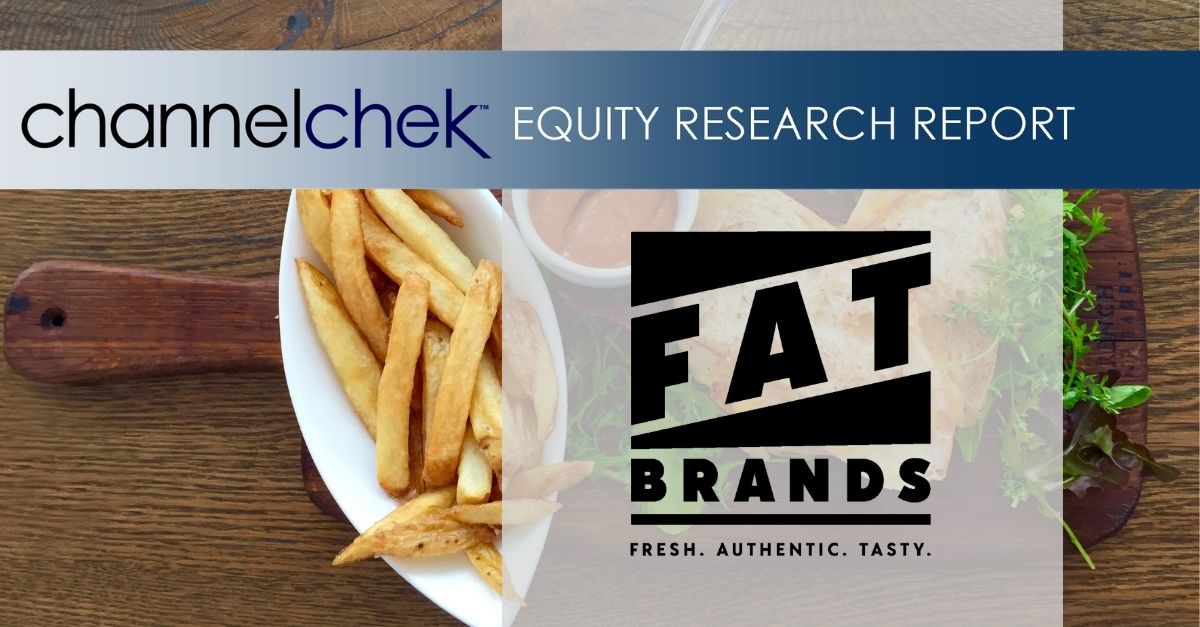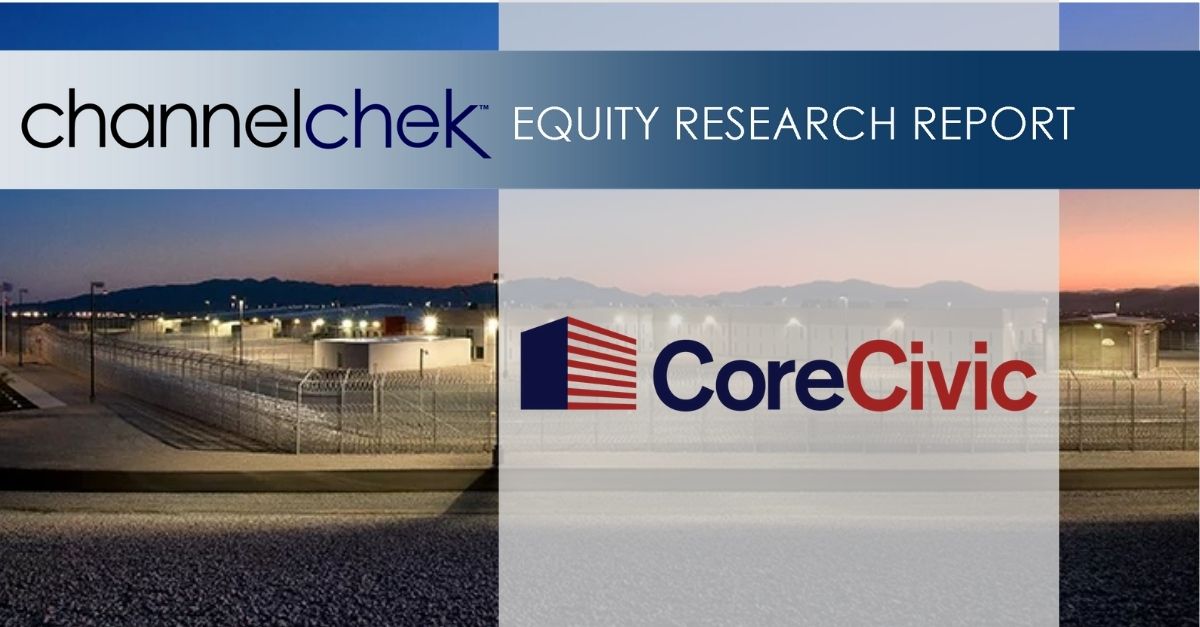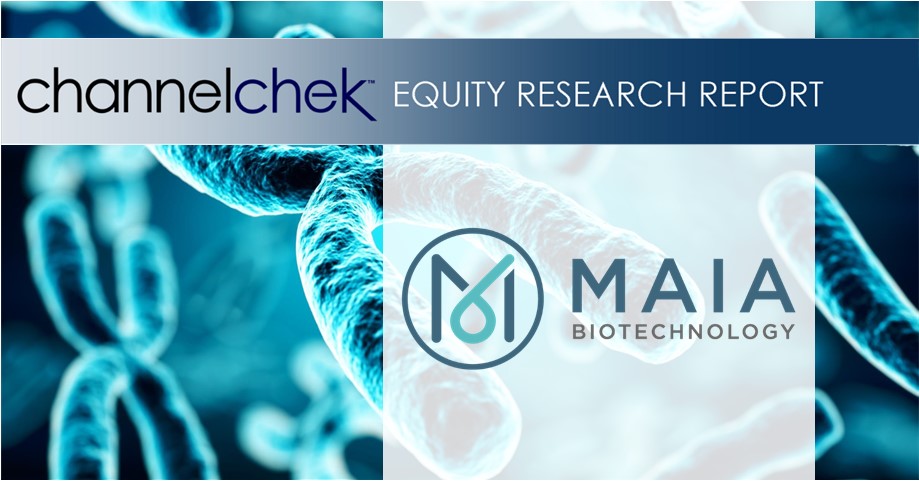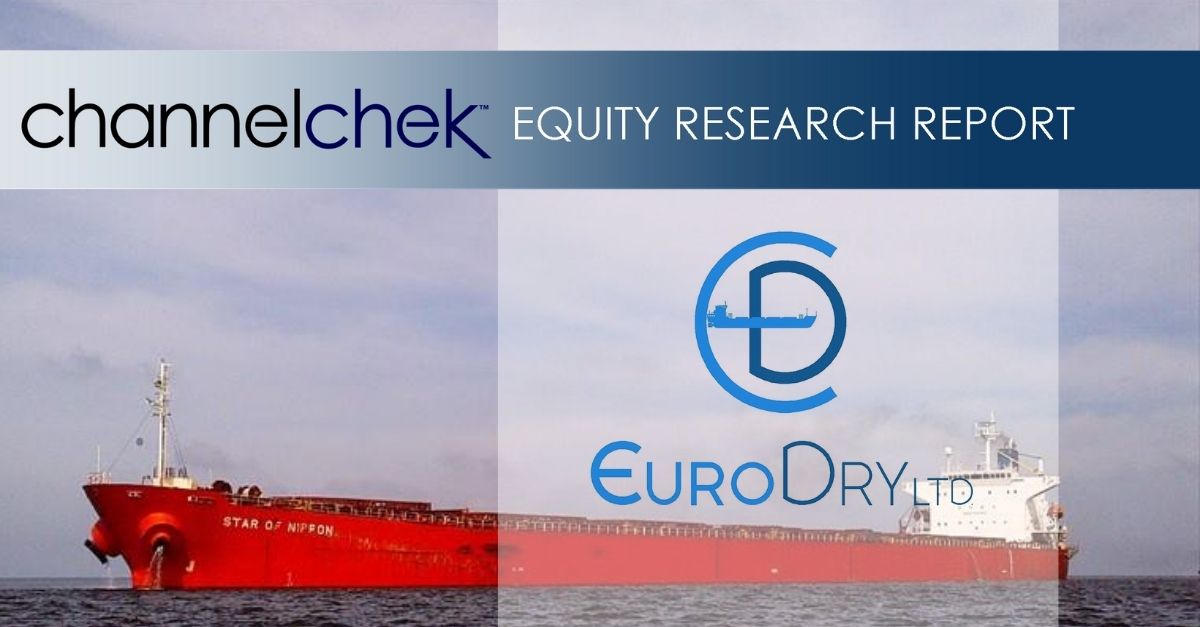June 05, 2025 11:10am EDT
CHICAGO–(BUSINESS WIRE)– MAIA Biotechnology, Inc. (NYSE American: MAIA) (“MAIA”, the “Company”), a clinical-stage biopharmaceutical company focused on developing targeted immunotherapies for cancer, today announced a new partial response (PR) was identified in a patient after 20 months of treatment in its Phase 2 THIO-101 clinical trial evaluating ateganosine (THIO), sequenced with Regeneron’s immune checkpoint inhibitor (CPI) cemiplimab (Libtayo®) in patients with advanced non-small cell lung cancer (NSCLC) who are resistant to immune therapy and chemotherapy. A partial response is defined as a decrease in tumor size of at least 30%.
“The patient remained on treatment and we observed stable disease for more than twenty months before the partial response was identified, highlighting the efficacy, safety and low toxicity of the treatment. Extended-term responses like this are not often seen in heavily pretreated patients in hard-to-treat diseases such as NSCLC, where the prognosis for the advanced-stage of the disease is typically poor,” said MAIA Chairman and CEO Vlad Vitoc, M.D. “We confirmed this response with a second scan, and we are highly confident that ateganosine could become an outstanding therapeutic alternative for third-line NSCLC patients.”
THIO-101 third line (3L) data cutoff from May 15, 2025, showed median overall survival (OS) of 17.8 months for the 22 NSCLC patients who received at least one dose of ateganosine in parts A and B of the trial. At the data cutoff, the patient with the longest survival in the trial had completed 32 cycles of therapy and had 24.3 months survival. Studies of standard-of-care (SOC) chemotherapy treatments for NSCLC in a similar setting have shown OS of 5 to 6 months.1
MAIA has announced the trial design for an expansion of its THIO-101 pivotal Phase 2 trial in NSCLC to assess overall response rates (ORR) in advanced NSCLC patients receiving third line (3L) therapy who were resistant to previous CPI treatment and chemotherapy.
About Ateganosine
Ateganosine (THIO, 6-thio-dG or 6-thio-2’-deoxyguanosine) is a first-in-class investigational telomere-targeting agent currently in clinical development to evaluate its activity in non-small cell lung cancer (NSCLC). Telomeres, along with the enzyme telomerase, play a fundamental role in the survival of cancer cells and their resistance to current therapies. The modified nucleotide 6-thio-2’-deoxyguanosine induces telomerase-dependent telomeric DNA modification, DNA damage responses, and selective cancer cell death. Ateganosine-damaged telomeric fragments accumulate in cytosolic micronuclei and activates both innate (cGAS/STING) and adaptive (T-cell) immune responses. The sequential treatment of ateganosine followed by PD-(L)1 inhibitors resulted in profound and persistent tumor regression in advanced, in vivo cancer models by induction of cancer type–specific immune memory. Ateganosine is presently developed as a second or later line of treatment for NSCLC for patients that have progressed beyond the standard-of-care regimen of existing checkpoint inhibitors.
About MAIA Biotechnology, Inc.
MAIA is a targeted therapy, immuno-oncology company focused on the development and commercialization of potential first-in-class drugs with novel mechanisms of action that are intended to meaningfully improve and extend the lives of people with cancer. Our lead program is ateganosine (THIO), a potential first-in-class cancer telomere targeting agent in clinical development for the treatment of NSCLC patients with telomerase-positive cancer cells. For more information, please visit www.maiabiotech.com.
Forward Looking Statements
MAIA cautions that all statements, other than statements of historical facts contained in this press release, are forward-looking statements. Forward-looking statements are subject to known and unknown risks, uncertainties, and other factors that may cause our or our industry’s actual results, levels or activity, performance or achievements to be materially different from those anticipated by such statements. The use of words such as “may,” “might,” “will,” “should,” “could,” “expect,” “plan,” “anticipate,” “believe,” “estimate,” “project,” “intend,” “future,” “potential,” or “continue,” and other similar expressions are intended to identify forward looking statements. However, the absence of these words does not mean that statements are not forward-looking. For example, all statements we make regarding (i) the initiation, timing, cost, progress and results of our preclinical and clinical studies and our research and development programs, (ii) our ability to advance product candidates into, and successfully complete, clinical studies, (iii) the timing or likelihood of regulatory filings and approvals, (iv) our ability to develop, manufacture and commercialize our product candidates and to improve the manufacturing process, (v) the rate and degree of market acceptance of our product candidates, (vi) the size and growth potential of the markets for our product candidates and our ability to serve those markets, and (vii) our expectations regarding our ability to obtain and maintain intellectual property protection for our product candidates, are forward looking. All forward-looking statements are based on current estimates, assumptions and expectations by our management that, although we believe to be reasonable, are inherently uncertain. Any forward-looking statement expressing an expectation or belief as to future events is expressed in good faith and believed to be reasonable at the time such forward-looking statement is made. However, these statements are not guarantees of future events and are subject to risks and uncertainties and other factors beyond our control that may cause actual results to differ materially from those expressed in any forward-looking statement. Any forward-looking statement speaks only as of the date on which it was made. We undertake no obligation to publicly update or revise any forward-looking statement, whether as a result of new information, future events or otherwise, except as required by law. In this release, unless the context requires otherwise, “MAIA,” “Company,” “we,” “our,” and “us” refers to MAIA Biotechnology, Inc. and its subsidiaries.
1 Girard N, et al. J Thorac Onc 2009;12:1544-1549.
View source version on businesswire.com: https://www.businesswire.com/news/home/20250605860969/en/
Investor Relations Contact
+1 (872) 270-3518
ir@maiabiotech.com
Source: MAIA Biotechnology
Released June 5, 2025

